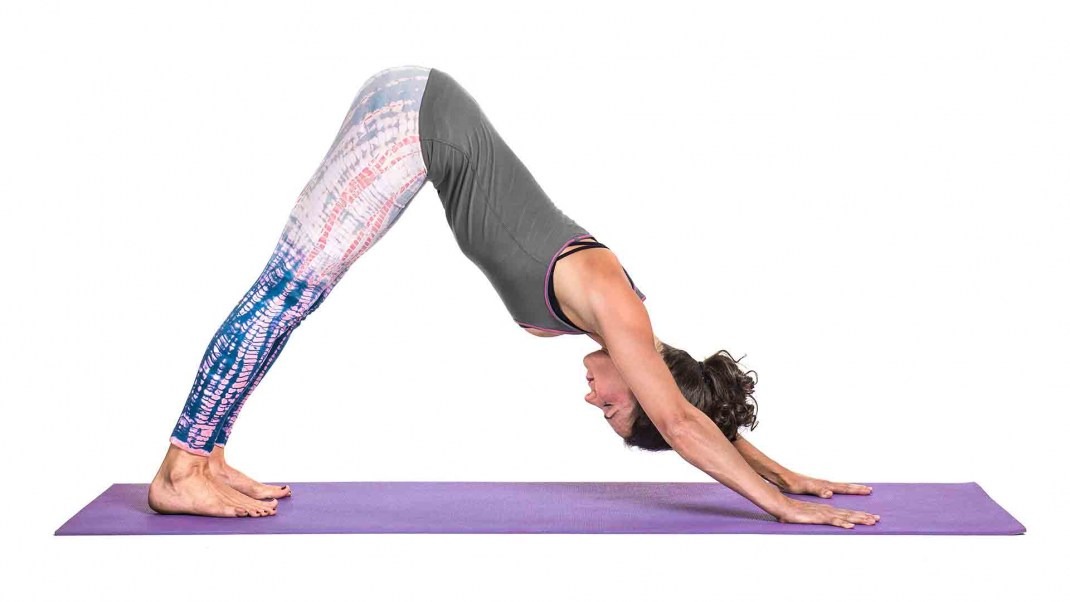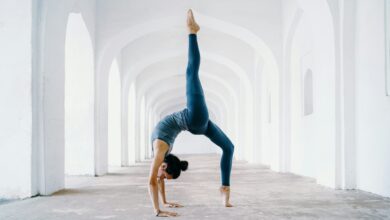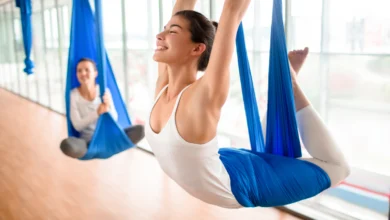Yoga Inversion Essentials: Understanding Its Benefits and How to Start
Discover the world of yoga inversion, where practitioners perform poses, or asanas in Sanskrit, that elevate the heart and hips above the head. While these poses might seem daunting at first, they actually range from easy to challenging, allowing individuals to progress at their own pace. Simple poses might include a forward bend, while more advanced practitioners can attempt handstands. The aim is to enhance flexibility, circulation, energy levels, and self-esteem through these inversions.

Questions about their safety and suitability for you?
This piece delves into the concept of yoga inversion, its advantages, potential risks, and offers a primer on beginner-friendly poses.
What exactly is yoga inversion?
It refers to a group of yoga poses where the head is positioned below the heart and hips, essentially reversing the body’s standard alignment. Any pose where the heart is elevated above the head qualifies as an inversion. Familiar examples include Downward-Facing Dog, Legs Up the Wall, and Headstand. Believed to relieve stress, boost circulation and energy, strengthen muscles, and foster emotional growth, yoga inversion connects you more deeply with the earth and guides energy toward your heart while calming the mind.
It’s essential to choose inversion poses that match your experience, health conditions, and previous injuries to safely enjoy their benefits. Health Benefits Associated with Yoga Inversion Yoga inversion can enhance blood flow and lymphatic drainage, ensuring oxygen and nutrients reach the entire body more effectively and waste products are efficiently removed. These poses may also improve heart function and oxygen uptake in the blood, leading to increased energy and attentiveness by potentially boosting the release of endorphins like dopamine, norepinephrine, and serotonin.
Additionally, inversion poses aid in developing balance, flexibility, and strength across various age groups, targeting different muscle groups to improve overall flexibility, range of motion, and muscular endurance. Notably, practicing yoga, including inversions, can also boost self-esteem, body image, and confidence. Some inversion poses, notably Legs Up the Wall, have been linked to reducing pain and swelling in the lower limbs by enhancing lymphatic circulation. Risks to Consider While yoga inversion poses are greatly beneficial for many, certain individuals, especially those with joint, neck, or back issues, high blood pressure, glaucoma, or circulatory problems, should exercise caution. Pregnant individuals and yoga beginners should consult healthcare providers and start with simpler poses to minimize injury risks.
Beginner Yoga Inversion Poses Interested in starting yoga inversion?
Here are four beginner-friendly poses to explore: Downward-Facing Dog, Legs Up the Wall, Child’s Pose, and Forward Fold Pose. Always seek medical advice before attempting more advanced inversions. In summary, yoga inversion poses offer numerous health benefits but should be approached with caution depending on individual health conditions. Starting with basic poses and gradually progressing can introduce you to the invigorating world of yoga inversion safely.
The main takeaway?
While yoga inversion poses might initially appear intimidating, they hold the potential to significantly enhance your health and well-being. However, it’s crucial to consult with healthcare providers before embarking on or advancing in your yoga inversion journey, especially for pregnant individuals and those with specific health concerns.




